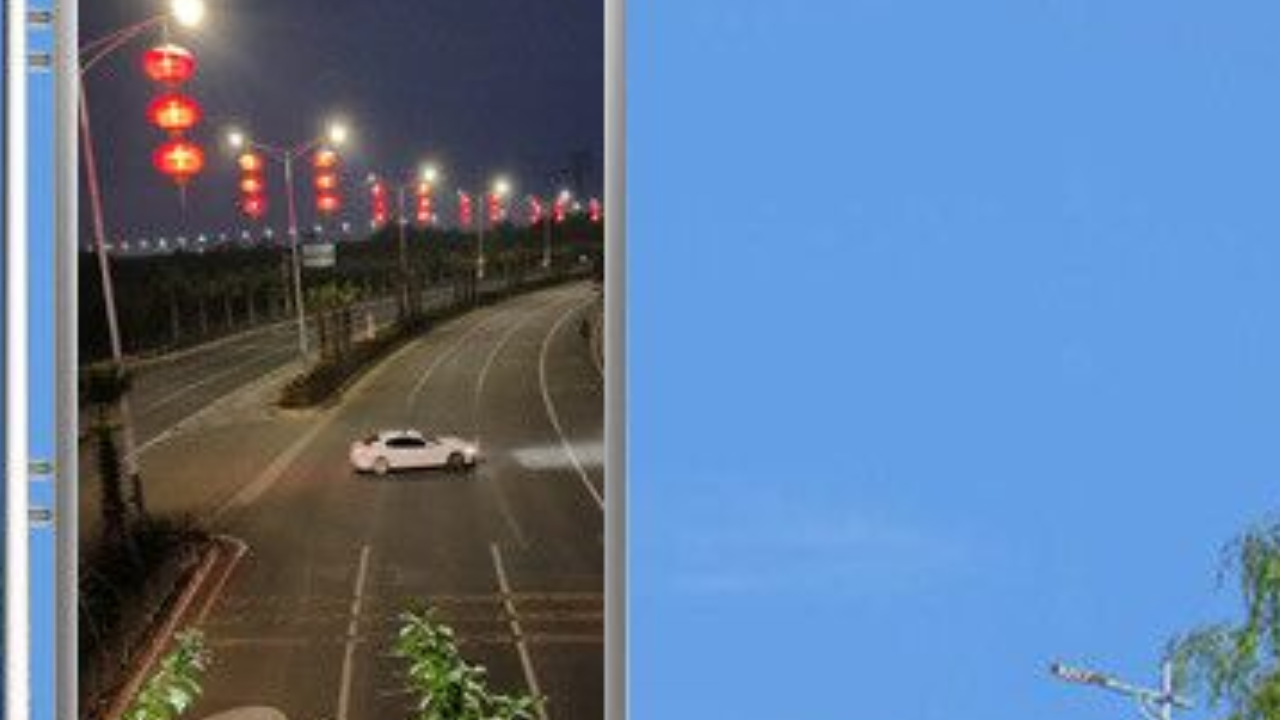A P3 LED wall is an LED display with a 3mm pixel pitch. Pixel pitch refers to the separation between the center of one pixel and the heart of the next pixel; a smaller pitch usually results in higher resolution and clarity. P3 LED walls are used in a variety of locations, including corporate boardrooms, control rooms, retail areas, conference centers, and stages.
They are appropriate for scenarios in which high-resolution visual content is required. P3 LED walls provide great resolution, beautiful colors, and exceptional brightness. The lower pixel pitch of the p3 led wall allows for narrow viewing distances without sacrificing image quality, making them excellent for scenarios requiring high levels of detail and clarity.
Maintenance Requirements for P3 LED Wall
This detailed article delves into the complexities of P3 LED wall maintenance, covering everything from routine checks to addressing potential faults and guaranteeing a consistent visual experience.
Routine Inspection and Cleaning
Regular inspections are the cornerstone of P3 LED wall maintenance. Begin by visually inspecting the entire display for any issues, such as dead pixels, color irregularities, or physical damage. Dead pixels can hurt overall image quality, so they must be addressed immediately. Additionally, check for loose connections and ensure that all components are properly fastened.
Avoid using harsh chemicals or abrasive materials that could damage the LEDs’ protective layer.
Calibration and Color Correction
Calibration is critical to ensuring the color accuracy and uniformity of P3 LED walls. Use the manufacturer’s calibration tools and software to ensure that colors are constant throughout the display. Regular calibration reduces color shifts and ensures that the LED wall continues to display accurate and colorful images. Matching colors with other displays or branding features improves the overall visual cohesiveness of the area.
Addressing Dead Pixels and Module Replacements
Dead pixels can reduce the overall image quality of an LED wall. During routine inspections, look for any dead pixels and address them right away. Some LED walls include capabilities that automatically compensate for dead pixels, but manual correction may be required in some circumstances. To ensure that the LED wall functions properly, manufacturers frequently provide replacement modules.
Power Supply and Electrical Checks
For P3 LED walls to work optimally, the power supply must be stable. Periodically inspect the power connections to ensure that they are secure and free of damage. Check that the power source is producing the correct voltage within the defined range. LEDs and other electrical components can be damaged by sudden voltage changes. In addition to power supply checks, check the electrical connections and cables. Any broken wires should be replaced as soon as possible to ensure a reliable electrical connection.
Software Updates and Firmware Maintenance
P3 LED walls frequently come with control software and firmware that enhance their performance. Regularly check for manufacturer-provided updates and fixes. These updates may contain bug patches, speed enhancements, or new features that improve the LED wall’s overall stability. Make a backup of the existing settings before conducting any software or firmware updates.
Environmental Considerations
The working environment has a considerable impact on the lifespan and performance of P3 LED walls. Maintain an ambient temperature within the prescribed range, as extreme heat or cold might reduce the effectiveness of LEDs. Humidity levels should also be kept within the recommended range to avoid moisture problems. Regularly clean the ventilation openings to guarantee proper airflow and prevent overheating.
Backup Systems and Redundancy Planning
Backup systems and redundancy planning should be included in your maintenance strategy to reduce the effect of probable failure. Having spare modules on hand allows for speedy replacements if a module fails or there is another technical issue. Consider incorporating redundant power supplies and signal channels to ensure continued operation in the event of a failure.
Professional Inspections
While normal maintenance chores can be completed in-house, expert inspections and service are required regularly to provide a complete assessment of the LED wall’s health. Manufacturers frequently propose annual or biannual inspections by skilled personnel to detect any problems that may not be visible during routine checks. Engaging with the manufacturer or an authorized service provider guarantees that the LED wall is thoroughly and expertly serviced.
Sum Up
Maintaining the brightness and functioning of P3 LED walls needs a proactive and methodical approach. Organizations can extend the life of their P3 LED walls and provide beautiful visual experiences in a variety of settings by executing a complete maintenance approach that includes both preventive and reactive solutions. Regular engagement with manufacturers and authorized service providers improves the overall reliability of these technologically advanced display systems.

